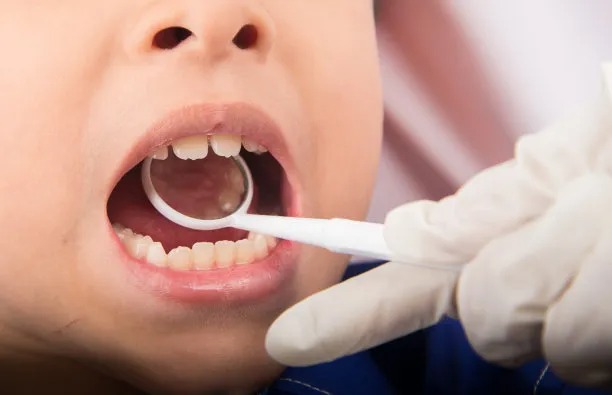Understanding the Process of Tooth Extraction and Its Importance for Oral Health and Wellbeing
Summary: Tooth extraction is a vital dental procedure that, although often daunting, plays a crucial role in maintaining overall oral health and wellbeing. Understanding the process of tooth extraction helps demystify the experience, reduce anxiety, and prepare individuals for what to expect. This article explores the reasons for tooth extraction, the phases of the extraction process, care post-extraction, and the overall benefits for oral health. By comprehending these aspects, patients can appreciate the importance of this procedure in preventing further dental complications and enhancing their quality of life.
1. Reasons for Tooth Extraction

Tooth extraction may be necessary for various reasons, often dictated by the overall health of the mouth. One primary reason is tooth decay, which can significantly compromise a tooths structural integrity. When a tooth is severely decayed, maintaining it becomes nearly impossible, and extraction becomes the best course of action to prevent infection that could spread to adjacent teeth.
Another common reason for extraction relates to gum disease. As gum disease progresses, it can lead to tooth loosening and eventual loss. Removing affected teeth helps manage the condition and allows for a healthier mouth ecosystem. Furthermore, wisdom teeth often necessitate extraction due to lack of space or alignment issues, leading to discomfort and potential complications.
In some cases, mechanical reasons, such as orthodontic treatment, also necessitate tooth extraction. To create space for proper alignment, especially in overcrowded mouths, certain teeth may be removed to achieve optimal positioning of remaining teeth.
2. Understanding the Extraction Process
The tooth extraction procedure can be broken down into clear steps that help patients understand what to expect. Initially, a thorough examination includes X-rays to assess the tooths condition and its root structure. This step ensures the dentist formulates a proper treatment plan, addressing any considerations unique to the patients dental anatomy.
During the extraction, the dentist administers a local anesthetic to numb the area around the tooth, ensuring that the patient feels minimal discomfort. For more complex extractions, such as those involving impacted wisdom teeth, sedation may be used to enhance comfort during the procedure.
Once the area is numb, the dentist uses specialized tools to remove the tooth gently. After the tooth is extracted, the dentist will provide instructions for care and healing, which are crucial for a smooth recovery. Understanding this process can alleviate anxiety and prepare patients for actual experiences.
3. Post-Extraction Care: Key to Recovery
Post-extraction care is vital in ensuring proper healing and preventing complications such as infection. Initially, it’s important for patients to follow their dentists instructions closely. This typically includes avoiding strenuous activities and keeping the extraction site clean.
Patients should also manage pain and swelling through prescribed medications or over-the-counter pain relievers. Ice packs can assist in reducing swelling during the first 24 hours, promoting comfort and recovery. Additionally, adhering to a soft food diet for a few days post-extraction is crucial to avoid irritating the extraction site and promote healing.
Regular follow-up appointments may be necessary to monitor healing progress and address any concerns. Open communication with the dental care provider ensures that any issues can be resolved promptly and effectively, significantly improving the healing experience.
4. The Benefits of Tooth Extraction
Understanding the benefits of tooth extraction expands beyond the immediate need. Primarily, extraction prevents potential infections from diseased teeth, safeguarding the overall health of the mouth. Removing problematic teeth can stop decay from spreading to adjacent healthy teeth, ultimately protecting future oral health.
Moreover, tooth extraction lays the foundation for future dental treatments, such as orthodontics or implants. In orthodontic cases, extracting certain teeth can facilitate proper smoothing of the dental arch, leading to improved alignment and a healthier bite.
Furthermore, patients often experience relief from pain and discomfort associated with problematic teeth, resulting in an improved quality of life. Proper management of dental health through necessary extractions contributes to enhanced self-esteem and confidence in one’s smile.
Summary: In summary, understanding the reasons, processes, and aftercare related to tooth extraction elucidates its significant importance for oral health and overall wellbeing. Recognizing how extractions help maintain a healthy mouth can change the perception of this dental procedure from fear to understanding.
Tooth extraction, when necessary, is a helpful step in preserving oral health and preventing further complications. Embracing the information shared in this article empowers individuals to approach dental care with confidence.
This article is compiled by Vickong Dental and the content is for reference only



